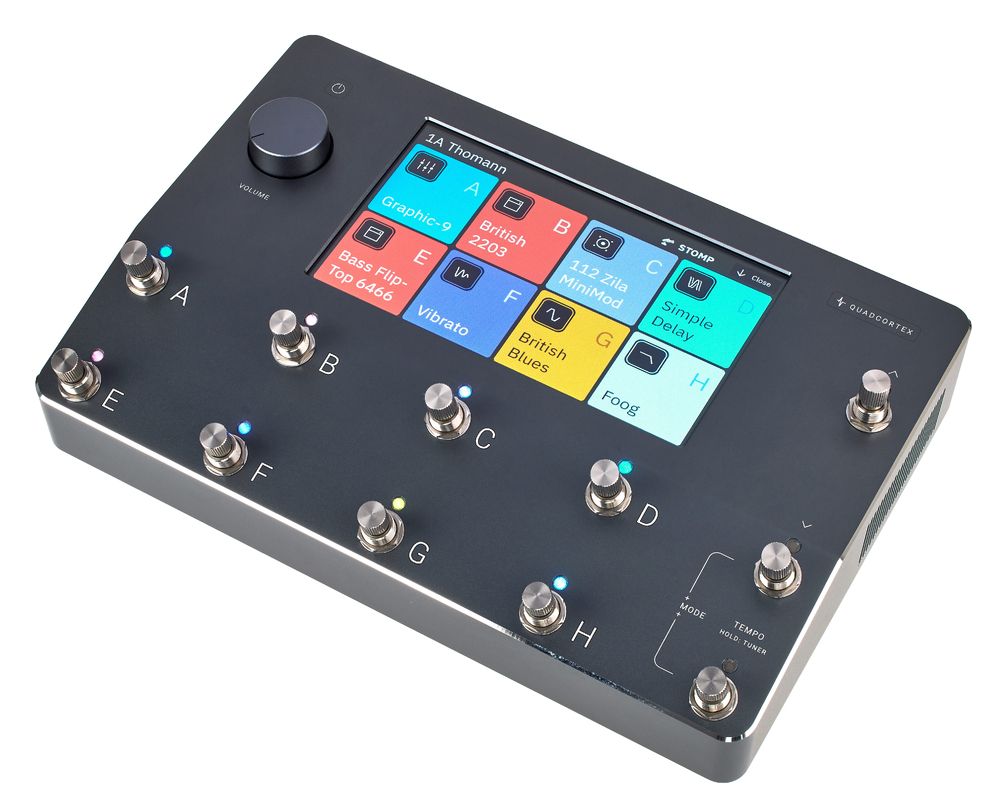2. The Basics
Preamps

Tech 21 SansAmp GED-2112 Analog Bass Preamp
Let's start by clarifying the term "preamp." In the past, this category exclusively housed "real" preamps in the 19" rack format. They took on the role of an amp's preamp, were single or dual-channel, built with tube and/or transistor technology, and were used, either combined with a power amp or standalone, mounted in a rack. Not more, but certainly not less! Reflecting the current offerings, the term "bass preamp" now includes bass multi-effects and amp modelers like the Line 6 BASS POD, the Toneworks AX300B, or the Boss GT-6 B, which come in desktop or stompbox/floorboard designs.
Just like "normal" 19" preamps, the "new formats" are equally well-suited for use in conjunction with a power amp and matching speakers or an existing bass amp. But they are also perfect for playing directly into a console/recording device. And the cool thing: in addition to authentic bass sounds, multi-effect devices (as the name implies) deliver the matching effects right out of the box.

Amp Modeler also for Bass - Neural DSP Quad Cortex
Making a choice
Similar to guitarists, the bassist community is divided between musicians who give digital modeling technology a chance, and let's call them purists, who prefer their sounds generated by tried-and-true analogue technology. Then there are those who already own a bass setup and are looking for a multi-effect device to reimagine their sounds or to leverage the diverse tonal possibilities of bass amp modeling to expand their sonic palette.




